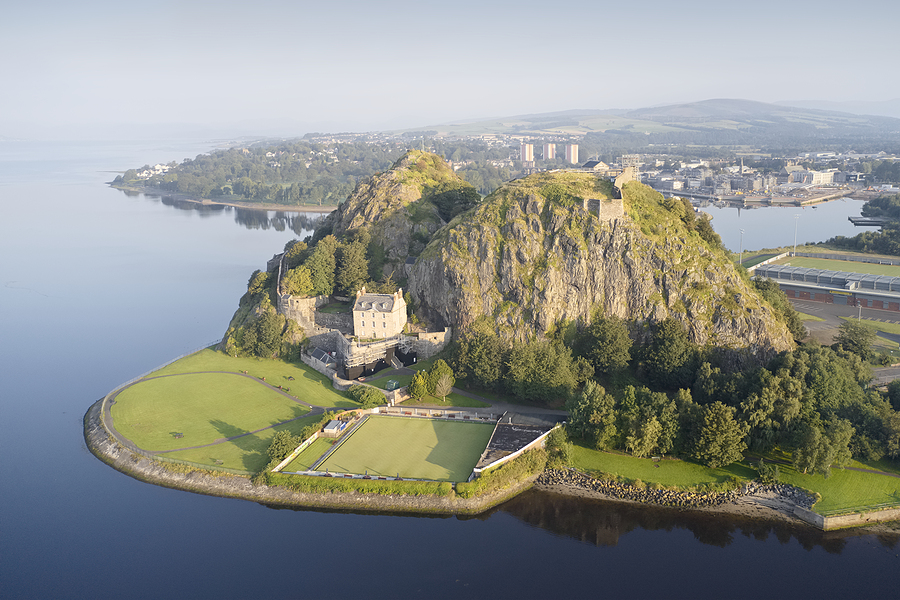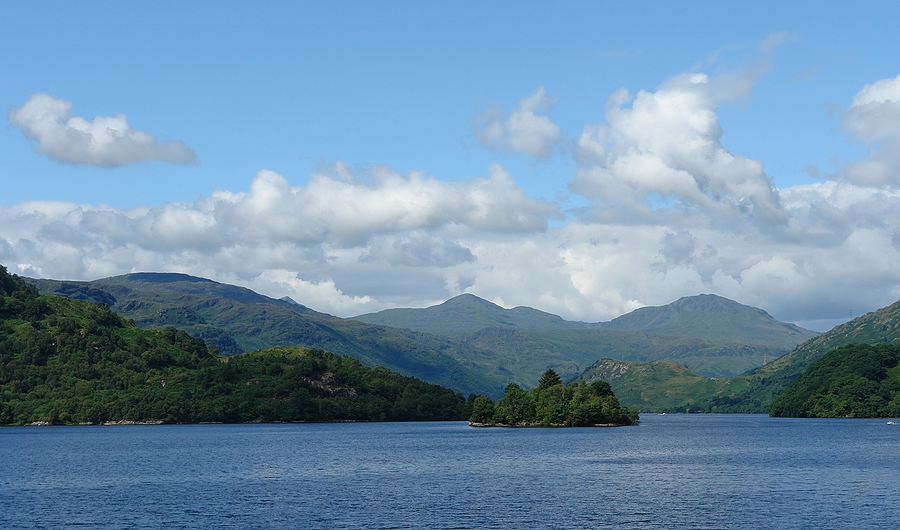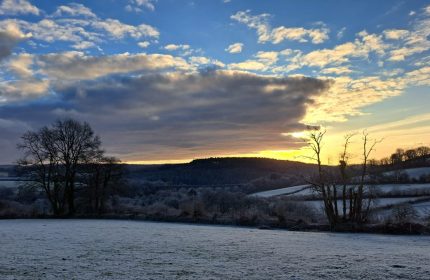A dozen or so things you never knew about Loch Lomond and Dunbartonshire
Britain is the most beautiful country in the world when the sun shines. And even when it doesn’t there are myriad tales and facts galore to enhance the beauty, whatever the weather. Here are some of them – they may make you want to go there….
A dozen or so things you never knew about Loch Lomond and Dunbartonshire
By you bonnie banks and by you bonnie braes
Where the sun shine bright on Loch Lomond,
Where me and my true love were ever won’t to gae,
On the bonnie, bonnie banks of Loch Lomond
Oh ye’ll tak the high road and I’ll tak the low road
An’I’ll be in Scotland afore ye,
But me and my true love will never meet again
On the bonnie, bonnie banks of Loch Lomond
This popular 18th century Scottish folk song is a lament by a Jacobite soldier as he prepares to die in battle fighting for Bonnie Prince Charlie, knowing that he will be taking the ‘low road’ of death back to Loch Lomond, the glory of his beloved Scotland.
Loch Lomond is the largest lake in Great Britain, and is considered by many to be the loveliest of Scotland’s lochs. 23 miles long but rarely more than a mile wide, it covers 27 square miles and contains 30 islands, including the largest lake island in Britain, Inchmurrin. The loch is home to more varieties of fish than any other loch in Scotland.
Standing on the bonnie west bank of Loch Lomond is the conservation village of Luss, one of Scotland’s show villages and the ancestral home of Clan Colquhoun. The main street, lined with low, flower-bedecked stone cottages is picture perfect and indeed, Luss starred as ‘Glendarroch’ in the Scottish television series ‘Take the High Road’ and still attracts fans of the show even though the programme is no longer in production. Just south of the village is the Loch Lomond Golf Club, former home of the Scottish Open and proud possessor of Scotland’s longest golf hole, the 625-yard 6th.
Loch Lomond drains into the River Leven which flows 6 miles south to join the River Clyde by Scotland’s ancient capital, Dumbarton Rock, a split volcanic plug, 240 feet high, which has been fortified longer than anywhere else in Scotland, maybe even in Britain. In the 4th and 5th centuries it was a Roman fort protecting the western end of the Antonine Wall, northern boundary of the Roman empire. It then became the last Briton stronghold to succumb to the Saxons, finally surrendering to King Edbert of Northumberland in AD 756, and it was capital of the kingdom of Strathclyde until 1018 when Strathclyde merged with the kingdom of Scotland. Dumbarton was made a royal burgh in 1222 – one of three remaining Scottish royal fortresses, the others being Edinburgh and Stirling.

Dumbarton castle building on volcanic rock aerial view from above Scotland UK
In 1305 William Wallace was held in Dumbarton Castle before being taken to execution in London, while a young Mary Queen of Scots took refuge in the castle as a child before escaping to France to marry the Dauphin. Dumbarton Castle held out longer for Mary the anywhere else in Scotland after she had fled to England in 1568.
Until the Clyde was dredged in the mid 19th century Dumbarton was the river’s highest navigable point and hence became an important shipbuilding town. Most famous of all Dumbarton’s shipyards was the Denny yard which opened in 1844. Here was built the Cutty Sark, last of the tea clippers and amongst the fastest ships of its time, now moored in dry dock in Greenwich. A cutty sark was a type of short shirt as worn by Nannie the witch in Robert Burns’ poem Tam O’Shanter. Denny’s also developed the revolutionary stabilisers used in the Cunard ‘Queens’, Mary, Elizabeth I and Elizabeth II, built the world’s first commercial hovercraft and even developed the first helicopter to lift a man vertically off the ground. The yard closed in 1963 and all that is left of it is the Denny Ship Model Experiment Tank, the world’s oldest ship model testing tank, designed in 1882 and still in use today.
Helensburgh, on the Clyde west of Dumbarton, was laid out in 1776 by Sir James Colquhoun of Luss and named after his wife Helen. A pleasant resort town of wide, handsome streets lined with Victorian and Edwardian villas, it was a terminus for the world’s first passenger steamboat service inaugurated in 1812 by Henry Bell to bring holidaymakers from Glasgow to his hotel and baths, using the world’s first sea-going steamboat Comet, which Bell designed and built for the purpose. Today, Helensburgh is, appropriately enough, a port of call for the world’s last sea going paddle steamer, the Waverley, launched 75 years ago.
Helensburgh could be considered the birthplace of television for the inventor of television, John Logie Baird, was born in the Lodge on West Argyle Street on August 13 1888. He conducted many of his early experiments in his room at the Lodge, including putting up a telephone line between the Lodge and Garthland, the home of his schoolfriend Jack Buchanan, who went on to become a famous film star and entertainer and one of Baird’s financial backers.
The Argyll Motor Works factory in Alexandria, on the River Leven 2 miles south of Loch Lomond, was Britain’s first purpose built car factory and was, in its day, the largest and most productive car production plant in Europe, producing 800 high quality Argyll cars a year. The facade of the 60 acre site is breathtaking, a vast ornate, hand-carved red sandstone edifice, 540 feet long with a grand entrance dominated by a glittering dome that wouldn’t look out of place in St Petersburg. Although car production ceased in 1914 the magnificent facade survives and forms a grand entrance to what is now one of Scotland’s premier shopping centres.
See part three – The Peak District
See part six – the Cumbrian Coast
See part seven – Aberdeenshire
See part ten – The Yorkshire Dales
See part fourteen- Monmouthshire
See part fifteen – The Surrey Hills
See part fifteen – The Surrey Hills
See part sixteen – Berwickshire
See part seventeen – Bedfordshire
Latest posts by Christopher Winn (see all)
- A dozen or so things you never knew about Loch Lomond and Dunbartonshire - October 20, 2021
- A dozen or so things you never knew about Bedfordshire - May 18, 2021
- A dozen or so things you never knew about Berwickshire - March 18, 2021
- A dozen or so things you never knew about The Surrey Hills - January 26, 2021
- A dozen or so things you never knew about historic Monmouthshire - February 10, 2020




















